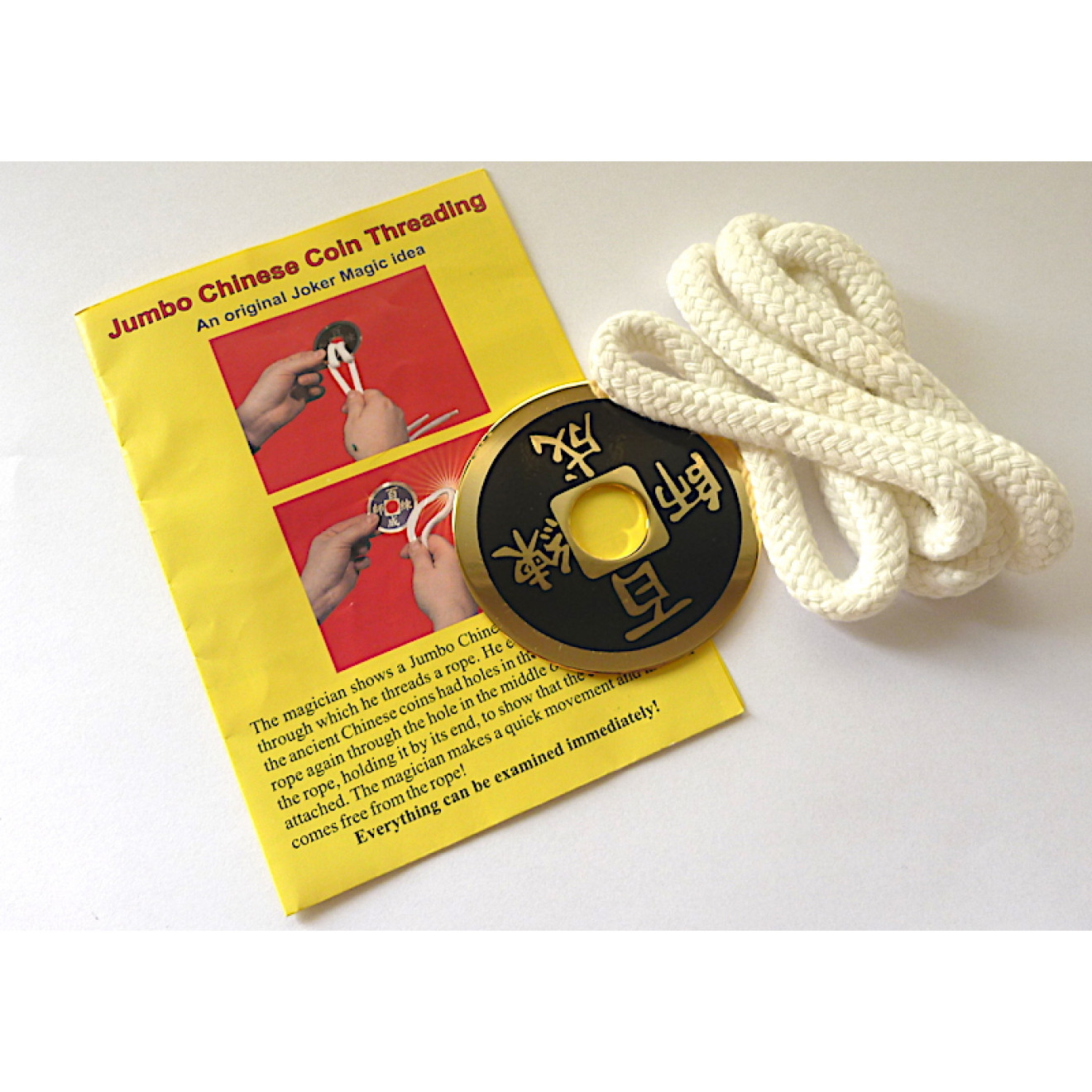

As the cash coins produced over Chinese history were similar, thousand year old cash coins produced during the Northern Song dynasty continued to circulate as valid currency well into the early twentieth century. During most of their production, cash coins were cast, but during the late Qing dynasty, machine-struck cash coins began to be made. Rare silver and gold cash coins were also produced. Generally most cash coins were made from copper or bronze alloys, with iron, lead, and zinc coins occasionally used less often throughout Chinese history. The last Chinese cash coins were cast in the first year of the Republic of China. Originally cast during the Warring States period, these coins continued to be used for the entirety of Imperial China.

The cash or qian was a type of coin of China and the Sinosphere, used from the 4th century BC until the 20th century AD, characterised by their round outer shape and a square center hole ( Chinese: 方穿 pinyin: fāng chuān Jyutping: fong1 cyun1 Pe̍h-ōe-jī: hong-chhoan). Just click on the type that best fits your coin.Ĭopyright © 1997 - 2002 R & T Enterprises Ltd.Replicas of various ancient to 19th century cast cash coins in various metals found in China, Korea and Japan. 3) Square hole types with four character types. 2) Square hole types with two characters. Round coins occur in three general types. If the type you are researching is not yet listed, and you can send us an image of it, we will be happy to try and identify it for you. We will be adding the most common types first, as they are the ones that most people will want to look up. This part of the attribution guide is by far the most complicated as there are over a thousand types and it will be some time before we can include them all.
#Chinese coins with holes free
If you have an example of a knife money type not currently listed on this site, please feel free to send us an E-Mail with a detailed description or image, and we will try to provide you with more information. Click on the form that is closest to your specimen to link to our general discussion of the varieties of that form. Knife money is less complex a subject than Spade money and most examples fall into just a few general forms, the most common of which are currently listed (more will be added soon). If you have an example of a spade money type not currently listed on this site, please feel free to send us an E-Mail with a detailed description or image, and we will try to provide you with more information. Spade money is a complex subject, but there are only a few general forms into which most examples fall, the most common of which are currently listed (more will be added soon). Please feel free to send us an E-Mail with a detailed description (or an image if possible), and we will try to help you find out what your item is. If your coin does not match any of these general forms, it is probably not a true coin, and may be an amulet or other type of artifact. When we have enough information to identify your coin, your final selection will take you to the part of our reference listing where your coin is catalogued.īEGIN HERE **Click on the general type that fits your coin.** If we need more information, you will be presented with another selection of choices. Just click on the one that best fits your coin. You will be presented with a sequence of choices. In order to identify your coin we will need to get a little information from you. Please bear with us as we build this site. In the early stages of development, there will be many times that you will be told that the coin is not currently listed. Eventually it will be fairly comprehensive, at least for the types that you are likely to encounter. This will be a work in progress for some time to come, as we add more types. The purpose of this part of our site is to make the process easier. For the rest of us it can be a very frustrating experience. The identification of Chinese cast coins can be difficult, even for those who can read the characters.


 0 kommentar(er)
0 kommentar(er)
